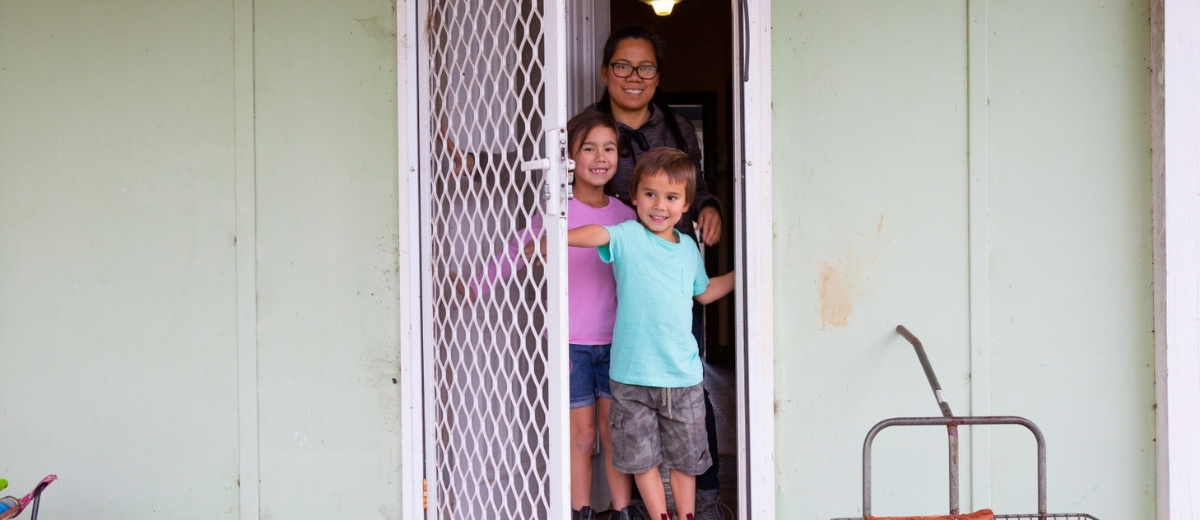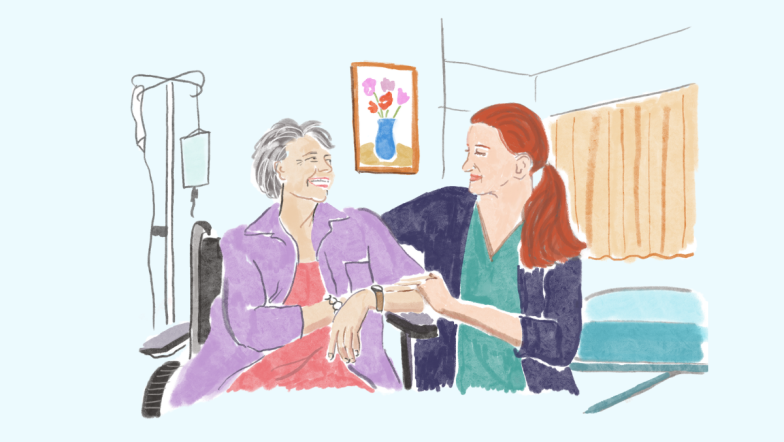IWD2022: Ensuring women stay safely housed during the COVID-19 recovery
8 Mar 2022
This International Women’s Day (IWD2022), we’re sharing 3 key ways to prevent homelessness and ensure women stay safely housed during the community’s COVID-19 recovery.
1. Focus on prevention and early support
Prevention is key to ending homelessness. Through our Women’s Homelessness Prevention Project, we have seen the volatile and unaffordable nature of the private rental market for women. Over half of the women we helped in the last year faced eviction for rental arrears. All it takes is for one thing to go wrong – the kids getting sick, or the car breaking down – for Victorian women to fall behind in rent and be on the brink of eviction into homelessness.
Most evictions into homelessness are avoidable. Over the last 7 years, we’ve provided holistic legal representation and social work supports to 977 women and children – directly preventing evictions into homelessness for 522 women and children.
We will only see a meaningful drop in women experiencing housing insecurity through major preventative action, including:
- Better rental laws and policies, as well as an accessible justice system that ensures no evictions into homelessness;
- Increased awareness for women of their legal rights and options; and
- Early intervention models of support that integrate lawyers and social workers, address drivers and consequences of homelessness holistically, and prevent evictions into homelessness.
2. Build more homes to help end the housing crisis
The COVID-19 pandemic has exacerbated women’s housing insecurity and financial stress, reflected in the overwhelming demand for our integrated Homeless Law service. There are now more than 25,000 Victorians experiencing homelessness and almost half of them are women. Family violence is the most common cause of homelessness in Victoria. 84% of our Women’s Homelessness Prevention Project clients helped over the last year had faced family violence.
And while the private rental market remains inaccessible for many Victorians, there are more than 82,000 people on the Victorian social housing waiting list, including more than 24,000 children.
We welcome the Victorian Government’s historic $5.3 billion investment to build 12,000 new social and affordable homes over the next 4 years. However, to address the acute shortage of suitable and secure housing, and meet rising demand during the COVID-19 recovery phase, we will need at least 6,000 more social (public and community) housing properties each year for the next decade to ensure Victorian women can access and maintain housing.
3. Stronger social safety net
Women face additional barriers to housing and financial security, compounded by COVID-19, including family violence, financial inequality, and carer responsibilities.
Australia’s social security system is currently contributing to housing insecurity rather than providing an adequate safety net to prevent homelessness. As at April 2021, only 0.1% of private rental properties in Australia were affordable and appropriate for a single mother on a Parenting Payment or JobSeeker.
Income support plays a critical role in preventing and responding to homelessness. JobSeeker and other social security payments need to be adequately increased so that women can pay their rent, stay safely housed, and avoid a cycle of poverty.
Help us keep more women and children safely housed by donating today.
Donate now

